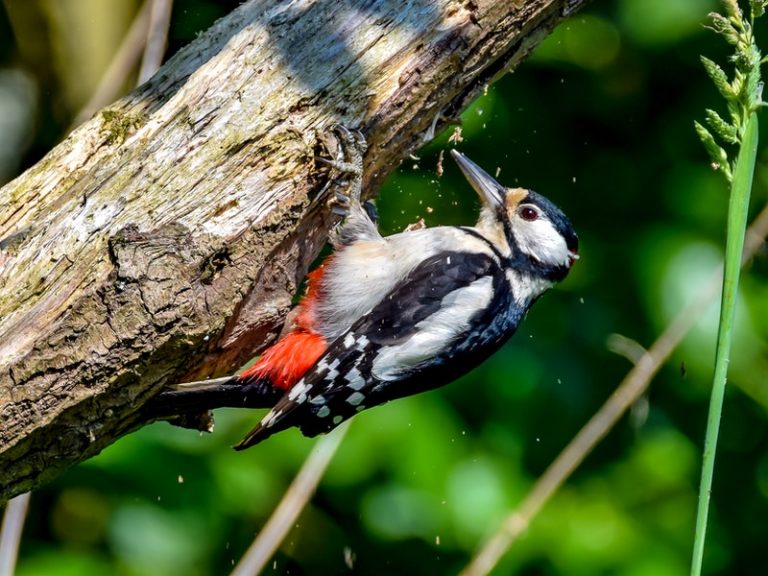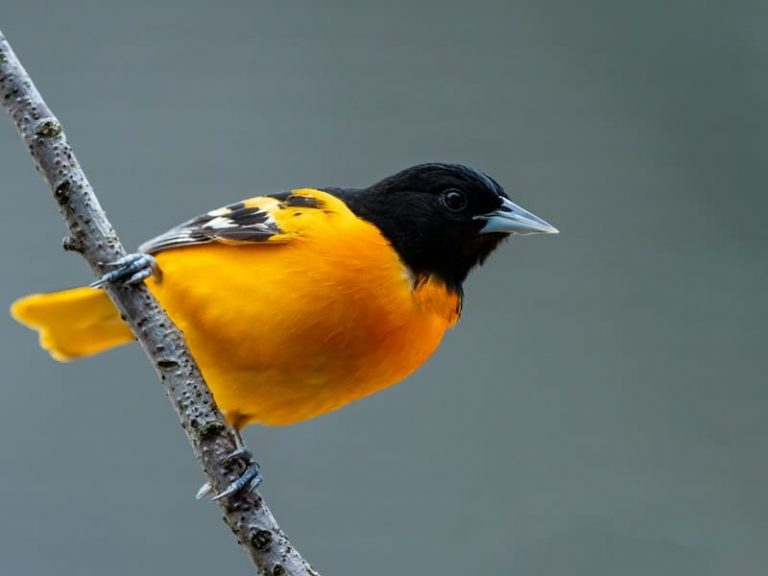Male Vs Female Hummingbird
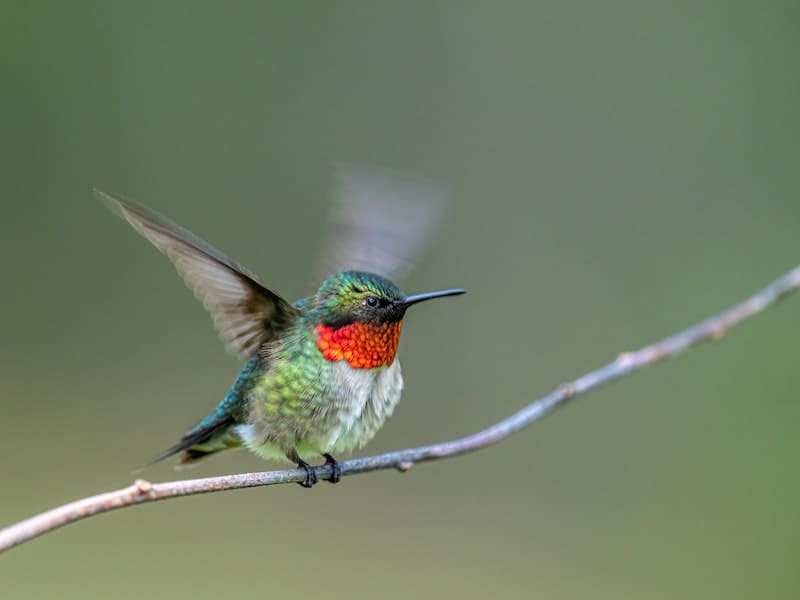
Male and female hummingbirds look very different from each other. Male hummingbirds are smaller than females, and they have bright green throats.
The females are larger, and they have a white throats. In this blog post, we will take a closer look at the differences between male vs female hummingbird.
Contents
Male vs Female Hummingbird
Male and female hummingbirds are very different in terms of their physical appearance. Male hummingbirds are usually much brighter in color than females, with colors that can range from green to blue to red. Females tend to be drabber in comparison, with colors that are usually some shade of brown or gray.
Male hummingbirds also have much longer tails than females, which they use to impress potential mates. In terms of size, male hummingbirds are typically about 10% larger than females. Though they share many similarities, there are some obvious differences between male and female hummingbirds.
Let’s see these differences between male vs female hummingbird in detail now.
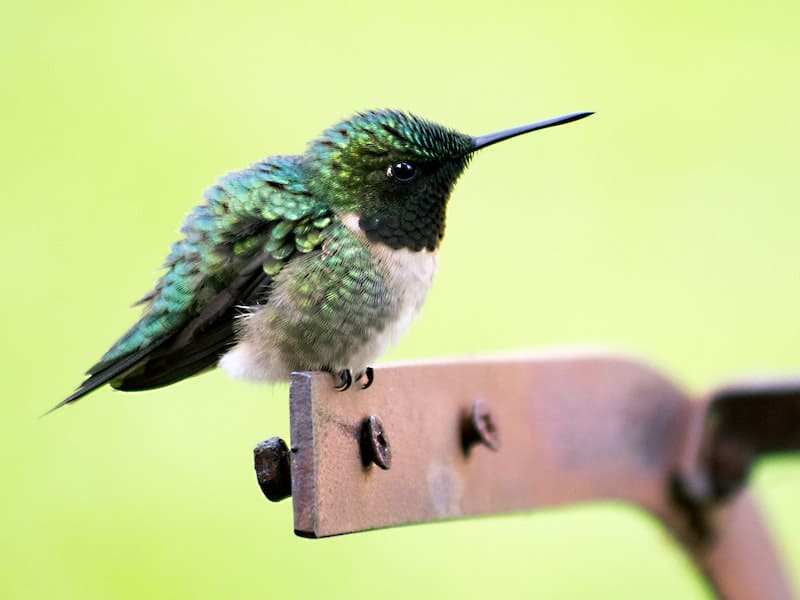
Size
Male hummingbirds tend to be slightly larger than females, but there is not a significant difference in size between the two sexes. A male hummingbird generally measures between 3 and 4 inches in length, with a wingspan of around 4 inches. Typically, female hummingbirds are a bit larger than their male counterparts, but there is significant variation within and between species.
Hummingbirds are some of the smallest birds in the world, and their size can vary depending on the species. For example, the Bee Hummingbird, which is found in Cuba, is only around 2 inches long. The Giant Hummingbird, which is found in South America, is one of the largest hummingbirds, measuring up to 8 inches in length.
Some of the larger hummingbird species, such as the giant green and blue Columbian hummers, can weigh in at up to 20 grams, nearly twice the size of some of the smaller species!
Appearance
The male hummingbird is more brightly colored than the female. This is because the male needs to be more visible in order to attract a mate. The female hummingbird is usually less brightly colored than the male, and her plumage is typically more muted. This is because the female needs to be less visible so she can stay hidden while she’s incubating her eggs.
Behavior
Though they are both attracted to the same flower types and use their long beaks to extract nectar, male and female hummingbirds exhibit different behaviors when it comes to feeding. Let’s see the behavior difference between male vs female hummingbird.
- The male will guard a large area around the food source, dive-bombing any other males that enter his territory.
- The female, on the other hand, will only defend the immediate area around her while she eats. After finishing her meal, she will move on to another spot, leaving the male to continue guarding the original food source.
This difference in behavior is likely due to the fact that the female needs to conserve energy in order to lay eggs, while the male needs to maintain his energy level in order to continue defending his territory.
As a result of these differences, the two sexes have different feeding strategies that help them to survive in their respective roles.
Breeding
Male and female hummingbirds have different breeding behaviors. Let’s discuss the difference in breeding patterns in male vs female hummingbird.
- The male hummingbird is much more aggressive and will often chase away other potential mates. He will also build several nests in an attempt to attract a female. Once he has found a suitable mate, the male will court her by performing acrobatic displays and singing to her.
- The female, on the other hand, is much more passive. She will usually only build one nest and wait for the males to come to her. Once she has chosen a mate, the two will work together to build the nest and raise their young.
Colors
Though both male and female hummingbirds are incredibly intricate and beautiful creatures, there are some subtle differences in their colors. Let’s see the color difference between male vs female hummingbird.
- The male hummingbird is usually more brightly colored than the female. This is because the male needs to be flashy and conspicuous in order to attract a mate.
- The female hummingbird, on the other hand, is more drably colored so that she can blend in with her surroundings and avoid being seen by predators.
In addition, the colors of a hummingbird’s plumage can vary depending on the specific species. For example, some species of hummingbirds have iridescent green feathers, while others may have rusty red or brilliant blue feathers. No matter what their colors may be, hummingbirds are sure to delight anyone who is lucky enough to see them.
Gorget
The gorget is the patches of feathers on a hummingbird’s neck, and there are distinct differences between the gorgets of male and female hummingbirds.
- Male hummingbirds usually have brighter, more vibrant colors on their gorgets. This is used to attract mates and show off their fitness to potential partners.
- Females, on the other hand, tend to have more subdued colors. This helps them to blend in with their surroundings and avoid being detected by predators.
In some species of hummingbird, the gorget is also used to help regulate body temperature. The feathers trap heat in, keeping the bird warm in cold weather. In hot weather, the bird can open up its plumage to release excess heat and cool down.
Are Male Hummingbirds Smaller Than Females?
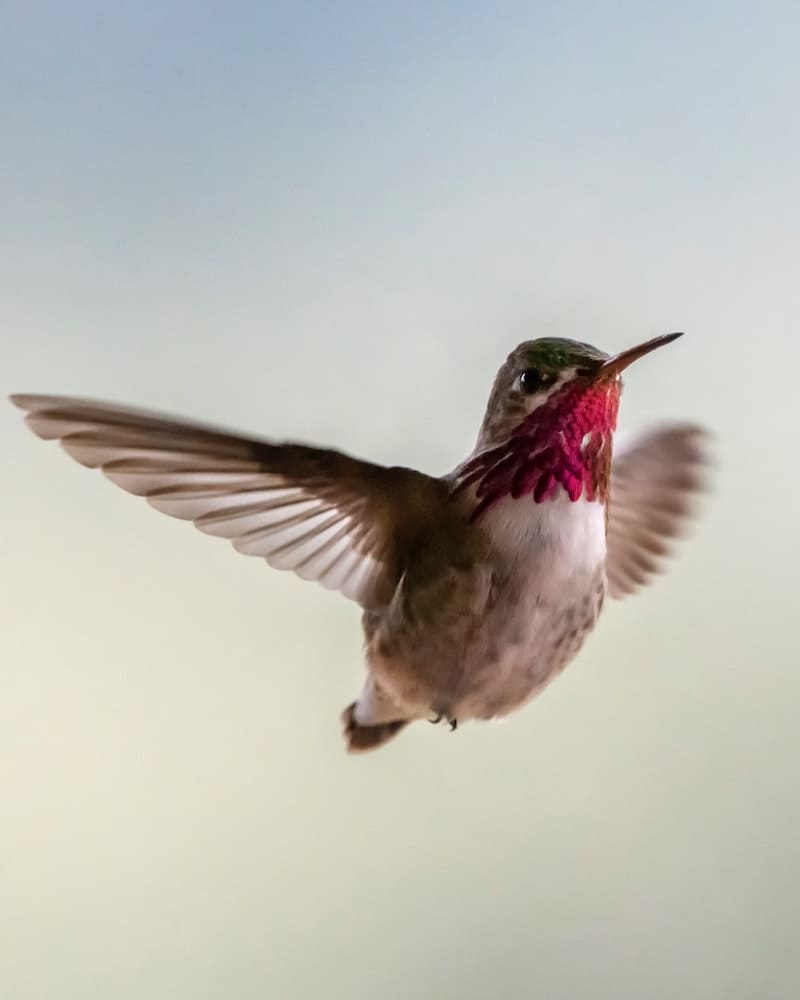
Hummingbirds are one of the smallest bird species in North America, with an average length of only three inches. Interestingly, male hummingbirds are typically smaller than females, with an average weight of just over two grams compared to the female’s average weight of four grams.
Scientists believe that this size difference may be due to the different roles that males and females play within the species. For example, males need to be able to fly faster in order to chase away other males and defend their territory. In contrast, females need to be larger in order to be able to store enough energy to lay eggs and care for their young.
As a result, the size difference between male vs female hummingbird is likely determined by the needs of the species as a whole.
Are Female Hummingbirds Territorial?
Female hummingbirds are not as territorial as their male counterparts. That’s because they don’t have to be. Female hummingbirds are free to roam where they please in search of food and places to build their nests.
However, that’s not to say that female hummingbird never defend their turf. If a female hummingbird feels that her nest is threatened, she will aggressively chase away any intruders, including other females. While female hummingbirds may not be as territorial as males, they are still capable of defending their homes and ensuring the safety of their young.
What Is The Spiritual Meaning Of Seeing A Male Or Female Hummingbird?
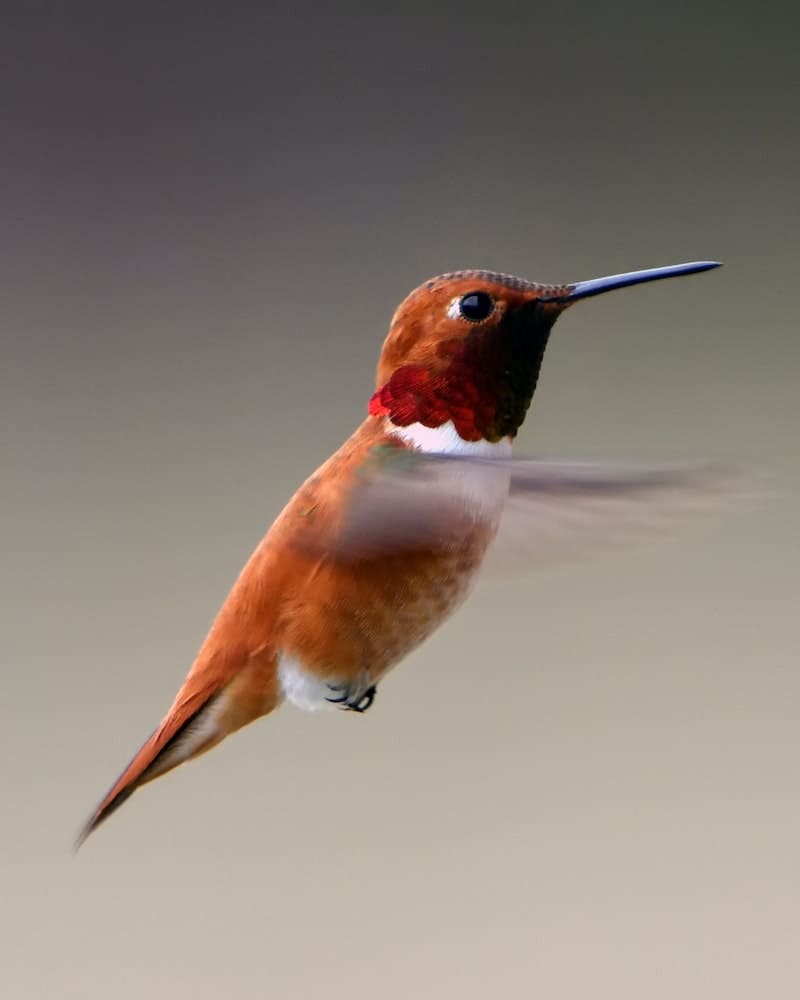
In many cultures, hummingbirds are seen as symbols of joy, love, and beauty. They are also often seen as messengers from the spirit world, and their appearance is often interpreted as a sign from the ancestors or the Divine. In some traditions, seeing a hummingbird is believed to be a sign of good luck, and it is said that they bring happiness wherever they go.
In other cultures, hummingbirds are seen as warriors and protectors, and they are sometimes associated with strength and courage. Whether you see a hummingbird as a symbol of love or strength, their appearance is sure to bring a touch of magic into your life.
After All, How Can I Differentiate Between A Male And A Female Hummingbird?
Most hummingbirds are sexually dimorphic, meaning that the males and females of a species look different from one another. In many cases, the difference is quite dramatic, with males sporting brightly colored plumage while females are much more subdued in their appearance.
- One of the best indicators is the presence of a gorget, which is a patch of iridescent feathers on the throat. Male hummingbirds almost always have a gorget, while females usually do not.
- Another clue can be found by looking at the tail feathers. In most species, male hummingbirds have longer, more elaborate tail feathers than females.
However, there are some exceptions to this rule as well, so it’s best to look for multiple indicators when trying to determine the gender of a hummingbird.
How Can You Tell A Male From A Female Hummingbird?

One of the easiest ways to tell the difference is by looking at the bird’s tail. Male hummingbirds often have brighter tails with longer streamers, while female hummingbirds tend to have shorter tails with more muted coloration. Additionally, male hummingbirds are often larger than females, though this can be harder to judge without seeing the two side by side.
Furthermore, male hummingbirds typically have more conspicuous throat feathers, known as gorgets, while females usually have plainer plumage. By keeping an eye out for these subtle differences, you should be able to tell a male from a female hummingbird with ease.
Do Hummingbirds Mate For Life?
Though the answer to this question is not fully known, there is evidence to suggest that hummingbirds may mate for life. One study found that pairs of hummingbirds living in the same territory were more likely to stay together over the winter than pairs that lived in different territories.
Furthermore, when one member of a pair died, the surviving bird would often abandon its former mate and territory, leading researchers to believe that it was searching for a new mate.
However, other studies have found that some hummingbirds do form long-term relationships, sometimes staying with the same mate for several years. Though more research is needed to confirm whether hummingbirds truly mate for life, the current evidence suggests that they may form long-term bonds with their mates.
Conclusion
To sum up, male vs female hummingbird have different appearances and behaviors. However, it is still unclear why these differences exist. Some scientists believe that the differences are due to sexual selection, while others believe that they are due to natural selection.
More research needs to be conducted in order to determine which of these theories is correct. In the meantime, you can enjoy watching these fascinating creatures flutter around our gardens.
Interesting articles:



